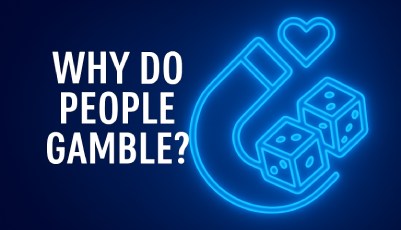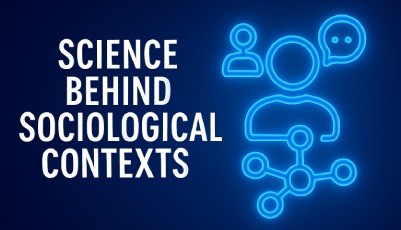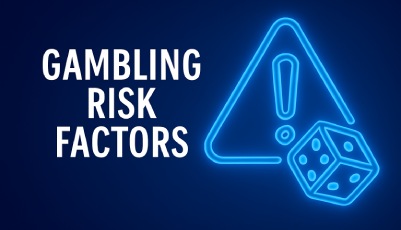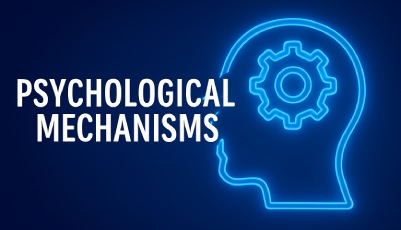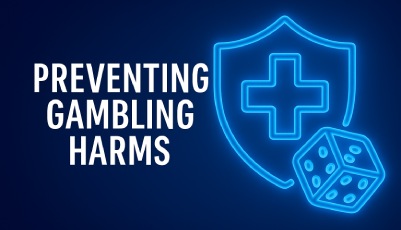Adolescents are more susceptible to the harms of gambling because they are at a critical developmental stage. Aspects such as impulsivity, the pressures of society and fitting in, and their sensitivity to risks and rewards are heightened, and these crucial aspects are well documented in peer reviewed case studies.
We have explored the nuances of problem gambling in adolescents in multiple such studies, and compared the findings to gain insights into how adolescents are at a higher risk of problem gambling, and why this happens. After assessing the studies, we will review them and analyze the various ways in which these dangers can be avoided.
Adolescents Are in a Higher Vulnerability Group
The research made by Chambers et al. highlights the timeline in which adolescent brains evolve rewards systems far earlier than establishing control networks. Becoming exposed to rewards and appreciating these before learning about the importance of control creates an imbalance, one that can play down the risks and make it difficult for the adolescents to evaluate the risk taking situations. Accountability and responsibility are introduced later, and naturally there is a stage in which the rewards weigh heavier than the risk itself. They are not, essentially, revelling in the risk taking, but looking past it.
“The immature executive control system combined with a hypersensitive reward network forms a neurobiological foundation for adolescent vulnerability.” – Chambers et al., 2003
In 2019, Limbrick-Oldfield et al. published a study in Biological Psychiatry that adolescents have a larger rewards response compared to adults, as found in the striatal activation. This striatal activation in adults could be associated to monetary rewards, alcohol consumption, and other stimuli that are associated with reward or aversion. Therefore, adolescents have a deeper and more sustained response to intermittent reinforcement structures. Combined with the first case study, that shows control is only comprehended later, and this makes the adolescents oblivious to the risks behind the rewards, which are perceived to a greater extent.
“Adolescent neural circuitry prioritizes immediate rewards over long-term outcomes, making gambling particularly compelling during this developmental stage.” – Limbrick-Oldfield et al., 2019
Impulsive Decisions vs. Environmental Triggers

Youth gambling behaviors were studied comprehensively in the research made by Wilber et al. in 2006. Specifically, the study aimed at uncovering impulsivity levels in youngsters, which was deemed the most significant factor in youth problem gambling. Their higher impulsivity showed that adolescents were more likely to gambling frequently, and develop problems because they don’t understand the key concepts behind risk and control.
“Environmental accessibility and social modeling were as predictive of gambling onset as individual personality traits.” – Wilber et al., 2006
The Chambers et al. case study took on a different approach, analyzing the various environmental triggers that adolescents were affected by. Exposure to gambling within family settings or close social communities escalate the gambling tendencies in youth. By perceiving these activites as a social norm, and potentially even further, as a social bonding act, they were more likely to develop problematic behaviors. The findings showed that the strong impulsivity traits in individuals did not have as much of an impact, it is just as much an environmental concern as a question of personal control.
Neurodevelopmental Models Explaining Adolescent Gambling
The Duals System Model and Impulsivity-Reward Interaction Model can unravel the interplay between the nature vs nurture aspect in adolescent problem gambling. The Dual Systems Model, which is documented in the Chambers et al., and Limbrick-Oldfield et al. studies, explains the attractive tendencies of gambling to developing youngsters. Where impulsivity is rewarded, and the frontal control systems are still in the early stages of development, the adolescents will feel a greater allure to gambling and intermittent reinforcement structures.
In Impulsivity-Reward Interaction, the thrill of the risk taking itself is analyzed. This model shows how unpredictable outcomes can create dopaminergic responses in individuals. The adolescents, who understand control and have basic risk perception, experience the variable outcomes and are drawn to the games in a similar way to adults. However, their understanding of the risks is still not fully developed.
Comparing the Findings and Our Perspective
The studies have shown that there is no single factor driving problem gambling in adolescents. There are multiple reasons why adolescents may develop unhealthy gambling practises, and it is as much personal as it is environmental. Therefore, problem gambling prevention strategies for adolescents have to address a wider range of scenarios. They have to guide adolescents away from environments in which gambling activities are perceived as the norm, but they should also emphasize the developing brain based vulnerabilities.
FAQs
Adolescents have heightened sensitivity to rewards and underdeveloped impulse control, making them more prone to risky gambling behaviors.
Impulsivity is a strong predictor, but environmental exposure, such as family attitudes and peer influence, can be equally significant.
Adolescents’ reward networks mature faster than executive control regions, creating a period where immediate rewards override long term thinking, aligning closely with gambling’s reinforcement patterns.
Yes, studies show that adolescents who gamble frequently are at higher risk of continuing problematic gambling into adulthood.
References
Adolescent Gambling Behavior: A Prevalence Study and Examination of the Correlates Associated With Problem Gambling Mary K Wilber et al. (2006)
Neurodevelopment, Impulsivity, and Adolescent Gambling Robert Andrew Chambers et al. (2003)
Adolescent neurodevelopment and sensitivity to reward Eve H. Limbrick-Oldfield et al. (2019)
